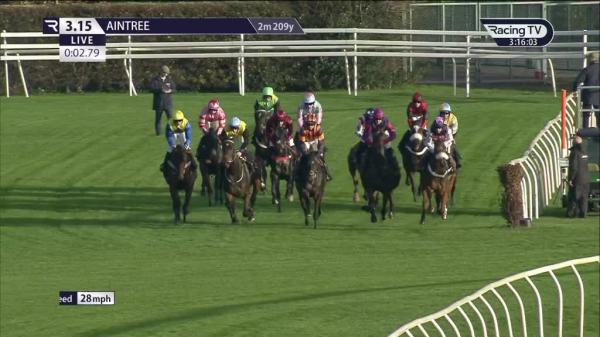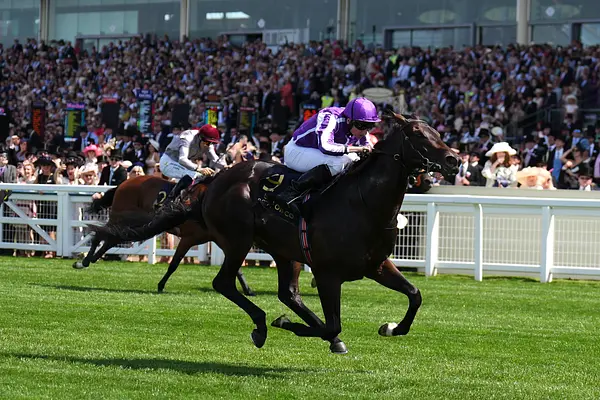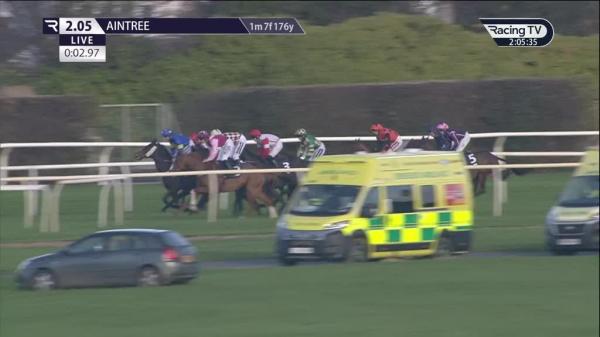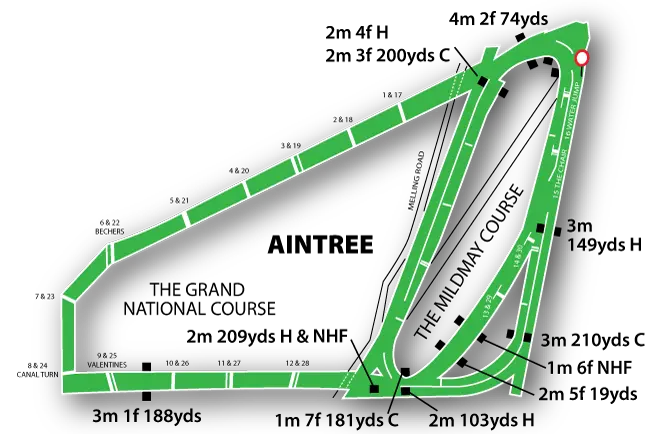Login
Join
Aintree Racecourse
Aintree Racecourse is home to the most famous race in the world, The Grand National. It’s the climax to a three-day Festival meeting in April every year, with Aintree hosting five other fixtures throughout the racing calendar.
The Grand National is a triangular course, with its apex (at the Canal Turn) the furthest point from the stands. The Grand National is run over two complete circuits taking in sixteen spruce fences the first time around, and fourteen the second. It still provides one of the toughest tests ever devised for horse and rider.
Aintree is part of The Jockey Club which has been at the heart of British racing for more than 260 years. The Jockey Club is the largest commercial group in the sport, and runs the largest racecourse group in the UK by attendances, total prize money, contribution to prize money and quality racing. Governed by Royal Charter with Her Majesty The Queen as its Patron, every penny The Jockey Club makes goes back into British racing.
Aintree results
Saturday 8 November 2025
Aintree racecards
SATURDAY 6 DECEMBER 2025
7 Races, 11:48-15:15, Good to Soft
Aintree Course Guide
Aidan Coleman
Course Maps
Copyright 2025 Racing TV - All Rights Reserved.
Please bet responsibly
Copyright 2025. All rights reserved





